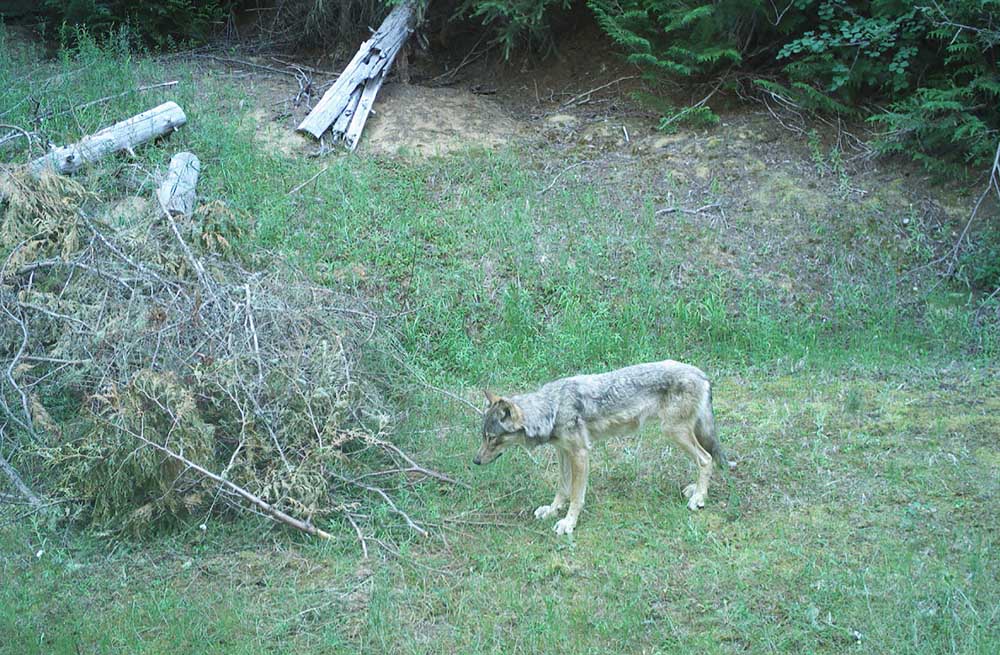Idaho livestock depredations caused by wolves decline
Published 8:30 am Wednesday, March 29, 2023

- Researchers say that after a wolf is harvested, another wolf is unlikely to replace it in the pack.
Wolf-caused losses of Idaho livestock dropped in the October-December quarter from a year earlier.
USDA Wildlife Services conducted 32 depredation investigations and confirmed eight as wolf-caused, State Director Jared Hedelius told the state Wolf Depredation Control Board March 28.
Wildlife Services in the year-earlier period conducted 33 depredation investigations and confirmed 18 as wolf-caused, he said.
The drop in wolf-caused depredations compared to total investigations — 25%, down from 57% a year ago — likely reflects that each investigation is unique, Hedelius said in an interview. For example, an investigation may be conducted on public or private land.
And the October-December quarter often is comparatively slow for Wildlife Services as livestock return from forest land in October and more people are in forests as big-game hunting increases, he said.
In managing wolf harvest by trappers and hunters, the state Department of Fish and Game in recent years has prioritized areas where wolf-livestock conflicts are chronic and where elk populations are below management objectives. And the 2021 Legislature increased allowed wolf harvest and methods of take.
“We do see some evidence that we are reducing the number now,” Fish and Game Director Jim Fredericks said, referring to wolf headcount. “There’s reason to believe we’ve turned the corner.”
The 2022 wolf population estimate was 1,337 based on analysis of about 10 million photos taken by 533 cameras in July and August, department staff told the Fish and Game Commission early this year. It ranged from 1,543 to 1,556 in the previous three years.
Busy periods for depredation work include summer and early fall as livestock graze farther out onto the landscape, Hedelius said. From July through September 2022, Wildlife Services conducted 77 depredation investigations and confirmed 35% as wolf-caused.
For the July 1, 2021-June 30, 2022 state fiscal year, Wildlife Services conducted 157 depredation investigations and confirmed 54% to be caused by wolves. The previous fiscal year had 187 depredation investigations, of which 59% were confirmed as wolf-caused.
The agency also may classify a depredation as probably caused by a wolf or wolves, possibly caused by wolves, not caused by wolves or of unknown origin.
Wildlife Service from October to December 2022 worked on 19 wolf control actions authorized by Fish and Game — all established after confirmed livestock depredations, some of which occurred in earlier reporting periods. A control action may result in an offending wolf or wolves being removed, including lethally.
Starting in January 2023, Wildlife Services contracted with the board to place radio collars on wolves in chronic depredation areas. Crews placed 10 collars between January and February amid some challenging winter conditions, Hedelius said.
The wolf board is funded by the state Legislature, Fish and Game and the livestock industry. It is co-chaired by the directors of Fish and Game and the State Department of Agriculture.






